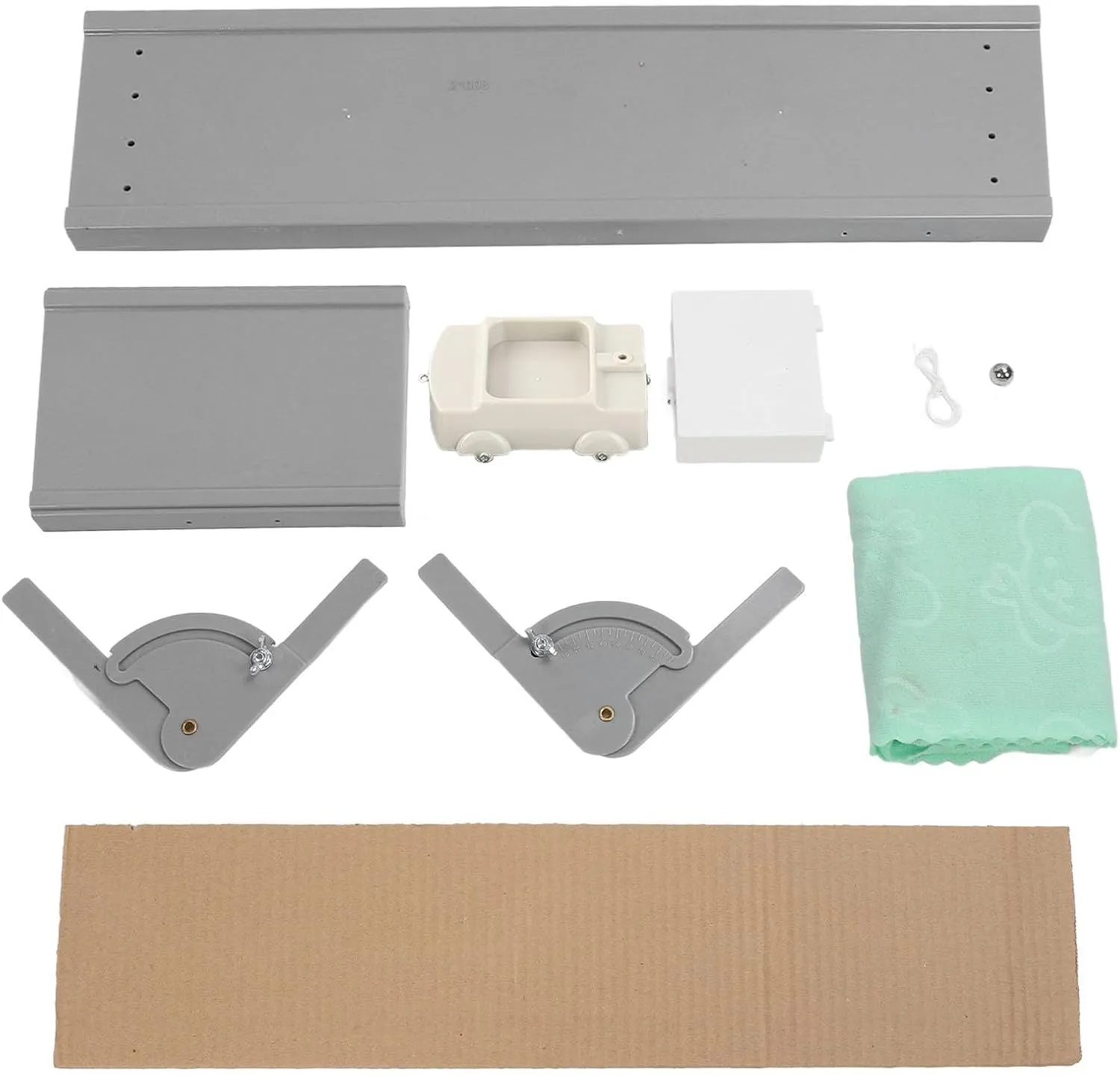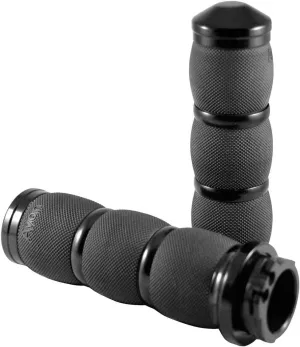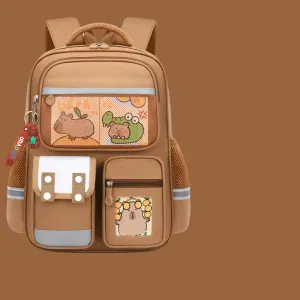- Sturdy & Lightweight Build – Made of premium PVC, this physics experiment kit resists rusts, ensuring long-lasting use while being lightweight and easy to handle for students and educators.
- Hands-On Physics Learning – Helps students explore Newton's laws, friction, inertia, and motion through interactive experiments that transform theory into real-world understanding.
- Designed for Curriculum Standards – Aligned with modern education requirements, it's Suitable for both middle and high school physics labs, supporting inquiry-based, experiential learning.
- Complete Starter Set – Includes tracks, cart, steel ball, towel, corrugated paper, and more—everything needed for essential mechanics experiments right out of the box.
- Boosts Critical Thinking Skills – Encourages students to hypothesize, experiment, and analyze, fostering scientific thinking and a deeper grasp of physical laws through discovery.
Item Type: Motion Force Experimental Model
Material: PVC
How to Use:
Friction Studies:
1. Place the bevel, put the car on the bevel board, and then loosen. The car slides freely and records the distance.
2. Lay corrugated paper or a small towel on the long board and repeat the above steps. It Follows: All bodies will remain in a uniform straight line state when they are not acted upon by external forces. Also Concluded: When the positive pressure G is constant, the size of friction factor u is related to the roughness of the surface and the material. So the friction force f is proportional to u, which is f=u.G.
3.
(1) Place the rectangular block (self provided) on the car and pull the car suddenly. In order to maintain its original static state, the surface is subjected to friction, resulting in the rectangular block falling backwards. Due to static inertia.
(2) Start the car slowly, then the rectangular block will change the original static state and move with the car due to external force. if it suddenly stops, because the upper part of the rectangular block should protect the original uniform linear motion, it is unchanged in the state, and the lower part is static under the force, and the result is falling forward, which is the effect of dynamic inertia. The experiment shows that: All objects in the absence of external force or external force is zero, always maintain the original uniform linear motion state or static state, until an external force forces it to change this state, which is the law of inertia.
(3) Fix the bevel, slide the ball freely, and make a record. Adjust the angle of the bevel and repeat the above steps. The study concluded: The motion of a body does not require a force to maintain, and the force is not the cause of maintaining the speed of the body, but the cause of changing the speed of the body.
4. Auxiliary Other Materials Can Be Carried Out: Study the role of the slope, the












